Arctic Observing and Science for Sustainability Summary from Belmont Forum
Bill Dennison · ![]()
The Arctic Ocean, its surrounding land masses, and the people and animals that depend on arctic ecosystems are changing rapidly. Global climate change is particularly acute in the arctic, with large scale biophysical changes evident, leading to ecological and social impacts. One of the Collaborative Research Actions (CRA) initiatives by the Belmont Forum is addressing the changing arctic. As part of the Belmont Forum Valorization workshop in Washington, D.C. on 8-10 Dec 2018, principal investigators from the arctic projects presented results of their findings, and this blog summarizes these results.
One of the themes evident from the presentations was that an ice-free Arctic Ocean will lead to increased shipping and economic development. Increased tourism was also seen as an inevitable part of the arctic future. Another theme was the change in fisheries and wildlife, both in terms of abundance and distributions. I was amazed at the number of ethnic Russians now living and working in the United States who are involved in arctic research.
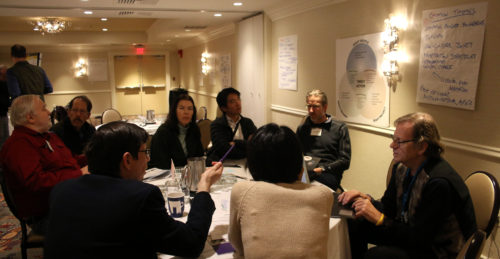
AFV: Arctic Fog Variability in a Warming Arctic and Its Impact on Maritime Human Activities: I was surprised, but probably should not have been, by one of the projects in which fog over the Arctic Ocean was being studied. One of the ramifications of an increasingly ice-free Arctic Ocean is the increase in fog due to the discrepancy between air and water temperatures. Since shipping is increasing in the Arctic Ocean, fog will increase the possibility of collisions, not unlike the fog (and iceberg) that contributed to the demise of the Titanic. This transnational project includes researches from the United States, Canada, China and Italy, demonstrating the wide interest in the Arctic Ocean.
CONNECT: Global Connectedness and Changing Resource Use Systems in the Arctic: This project involved interviews with Alaskan native communities and investigations into large mammal populations (caribou/reindeer, polar bears). The adoption of technology in Alaskan native communities pointed out both the positive aspects (e.g., better communication and locating animals for hunting) but also the negative aspects (e.g., decreased youth participation in traditional subsistence activities). Increased tourism will also have ramifications, like the increasing dependency of the global economy, bringing with it some complex tradeoffs. The polar bear interactions with humans along Hudson Bay have led to employment opportunities for local residents.
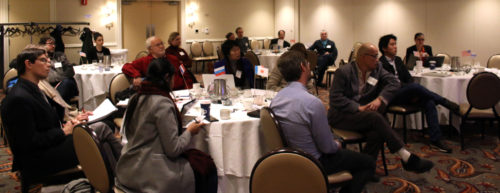
HIARC: Anthropogenic Heat Islands in the Arctic: Urban cities in the arctic are concentrated in Northern Europe and Russia. The heat generated in these urban centers in the coldest portion of the winter serve to increase the local temperatures by ~1-30C. This in turns leads to a “green ring” around the cities in which the phenology of seasons is altered and biological productivity increased.
Pan-Arctic: Holistic Integration for Arctic-Coastal Marine Sustainability: This project included developing support for an Arctic Science Agreement--a multinational approach to facilitate data sharing, scientific collaboration, and ultimately, “science diplomacy”. Science diplomacy could help track sea ice and shipping in the Arctic Ocean, deal with the complex issues associated with deep sea floor resources and water column resources (e.g., fisheries). This project brought up the concept of providing for future, unborn generations.
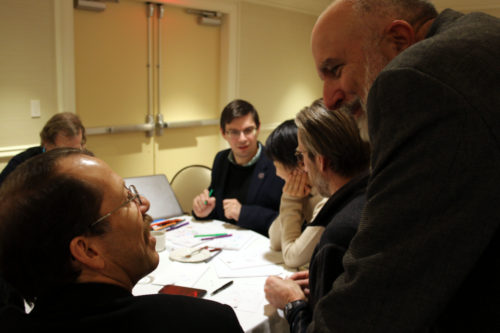
RACArctic: Resilience and Adaptive Capacity of Arctic Marine Systems Under a Changing Climate: This project is looking at the shifting resources in the arctic, with fisheries examples from the Bering Sea and the Barents Sea. The shift poleward of subarctic species to arctic locations is changing the fisheries. The arctic food webs are also changing which could result in very different fisheries of the future.
ARCTIC-ERA: Climate Change and its Impact on Environment, Infrastructures, and Resource Availability: This project is looking at the effect of climate change on melting permafrost which impacts the built structures. The Russian infrastructure losses total US $105 billion, which is a small but significant fraction of the gross regional product. A broad dissemination campaign involving media outreach and educational programs is being conducted.
COPERA: Carbon Budget of Ecosystems, Cities and Villages on Permafrost in the eastern Russian Arctic: This project started with a focus in eastern Siberia, but through an extensive outreach program to secondary schools in the circumpolar Arctic, has expanded to over 500 schools that are developing sustainable campus initiatives.
TAMANI: Designing an Improved Network of Long-Term Monitoring Sites for Arctic Vertebrates: Towards a Better Involvement of Local Communities Through Participatory Science Programs”: This project has identified key arctic monitoring needs, with an identification of the various networks of desired outcomes. The input of indigenous people and scientists was compared and a gap was identified in which indigenous people are not strongly associated with decision-making.
BAAMRGP: Bioeconomic Analysis for Arctic Marine Resource Governance and Policy: This project focused on the crab fishery in the Barents Sea north of Norway and Russia. This crab fishery is based on an intentionally introduced crab species, the red king crab (Paralithodes camtschaticus). The abutting international exclusive economic zones (EEZ) in the Barents Sea, as well as the gap between EEZ’s, lead to a contentious fishery to manage.
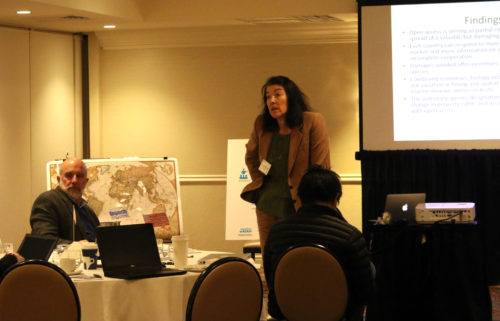
ASUS: Arctic Sustainability: A Synthesis of Knowledge Activities: This project is the production of a synthesis book on Arctic sustainability with a publication date in 2019. This book has the following themes: claimed change, biogeophysical transformation, human well-being, education & health, globalization, indigenous communities, gender and socio-environmental security, resilience and adaptation, and natural resources development and management.
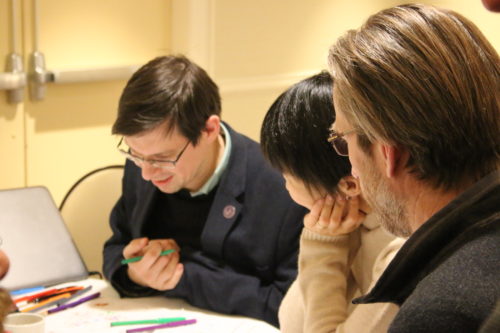
In summarizing the Arctic projects, participants identified the benefits of collaborations, but also the challenge of coordination. The combination of scientific literature being produced (e.g., papers, books) and the more public dissemination approaches (e.g., schools, brochures, websites) are being used to broadly disseminate results from these ambitious projects. The amazing ecological and social transformations taking place across the entire Arctic region was a common theme from the project descriptions.
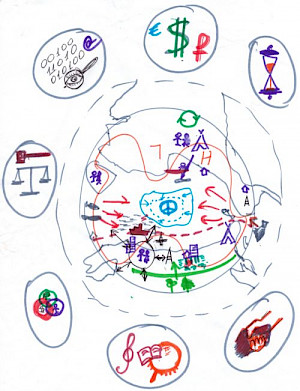
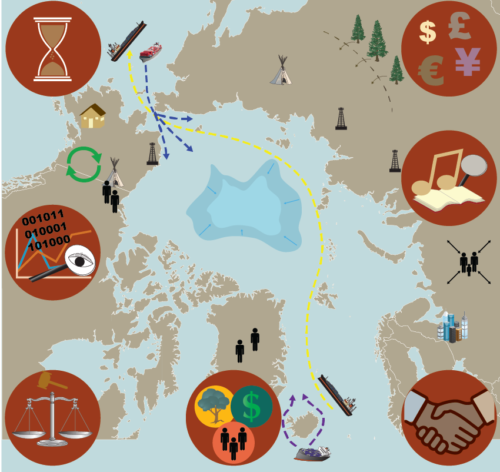
About the author
Bill Dennison

Dr. Bill Dennison is a Professor of Marine Science and Vice President for Science Application at the University of Maryland Center for Environmental Science.

